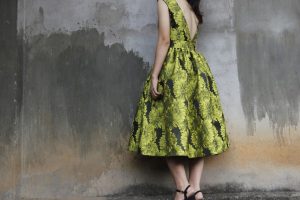04 November, 18
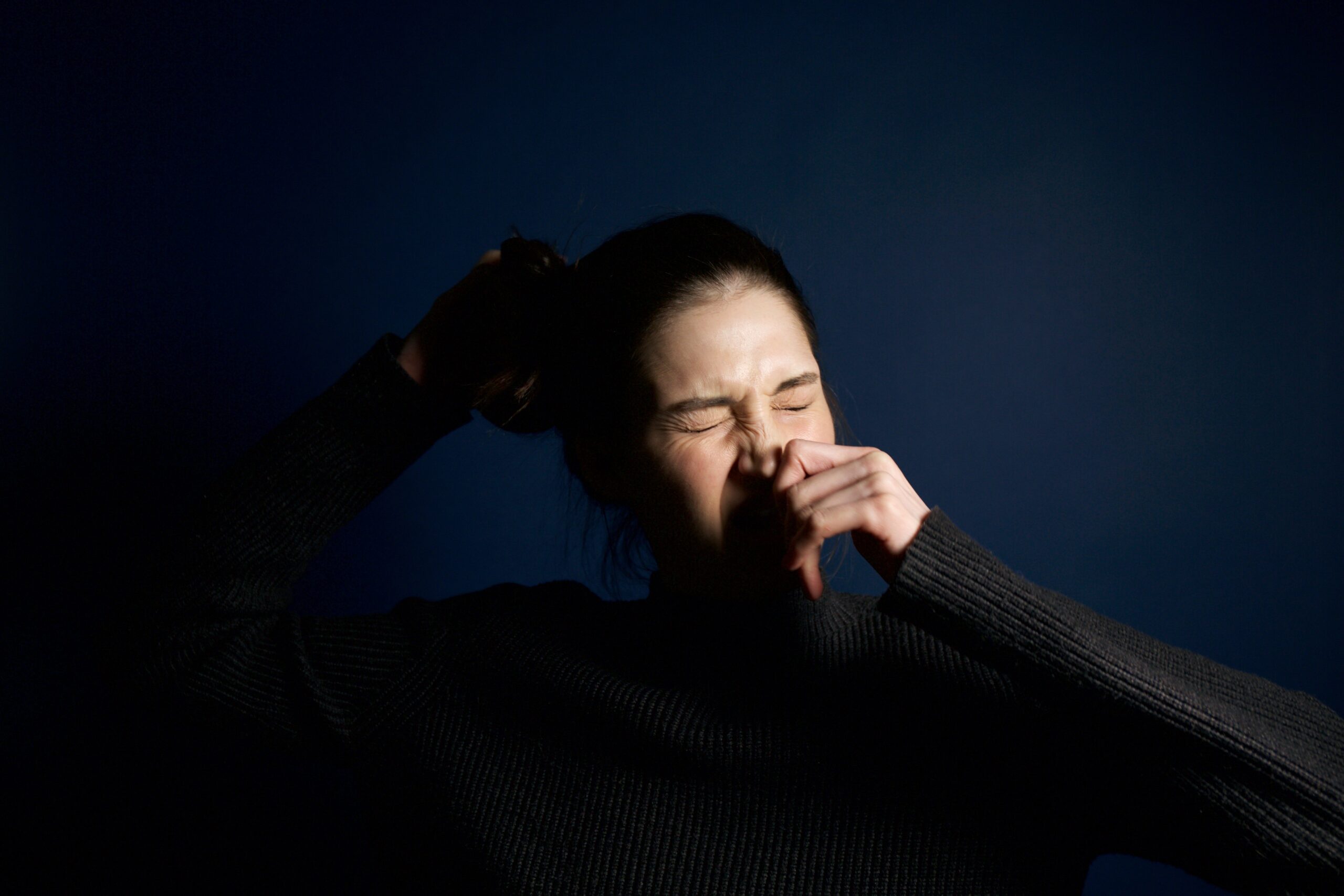
The best allergen preventing bedding
News flash: even if you sleep alone you’re still sharing your bed with millions of microscopic dust mites that could be causing your allergies. And if that notion wasn’t discomfiting enough, turns out it’s their droppings that actually make you sneeze. See, these lil’ critters eat dead human skin cells (we shed cells like nobody’s business), and what goes in must come out. For most people the protein found in their fecal matter is harmless, but, for others, these digestive enzymes induce allergic reactions.
The female dust mite can shed up to 2,000 fecal particles during her 70-day lifespan, along with a boatload of partially-digested enzyme-coated dust particles. When a person who is predisposed to this type of allergy breathes in these particles, their immune system goes into overdrive and starts producing histamines, which in turn sends a message to the nasal system to start the defense system (read: itchy eyes, a runny or congested nose, or even asthma-like wheezing.) So if shaking out sheets or vacuuming a dusty rug has you running for the Kleenex, you may be allergic to dust mites.
While it’s virtually impossible to rid your house of dust mites (save for nuclear or napalm-related methods), there are several ways you can reduce their numbers so as to limit your exposure to their droppings.
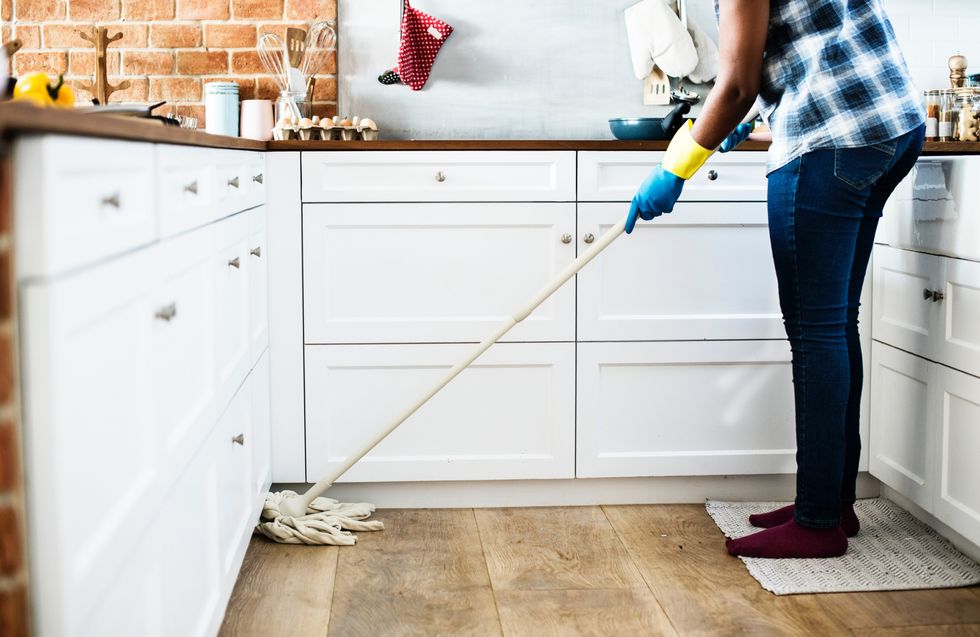
Your mom was right (again)
First and foremost, you have to keep your home clean. Vacuuming and dusting are tried-and-true methods for getting rid of dust mites. Not only does it remove the food (your skin cells) but it also temporarily eliminates many of the mites themselves. One caveat: make sure your vacuum has a HEPA (high efficiency particulate air) filter to trap all the microscopic mites and their droppings, or else all you’ll accomplish is sending millions of these particles into the air where you’ll end up breathing them in again. Same thing goes for dusting. No French maid-style feather duster for you. Use cleaning fluid and a rag.
Burn them alive
Sounds mean, but we live in a dog-eat-dog world. Washing your bedding weekly in hot water (like 130 degrees Fahrenheit hot), or if that’s not possible, drying them at least 130 F for 15 minutes should kill the little buggers. Washing frequently also removes the allergens, and really, do you want to sleep in sheets you spend over 50 hours a week tossing, turning, and sweating in?
Invest in allergen protection bedding
Once you’re committed to cleaning and washing, investing in some good quality allergy protection bedding (like pillowcase covers and sheets) is key to keeping your allergies at bay. However, considering an estimated 20 million people in the United States suffer from dust mite allergies, there are hundreds of bedding options to choose from. Below are some of the most popular.
Winners of the Good Housekeeping Seal of Approval
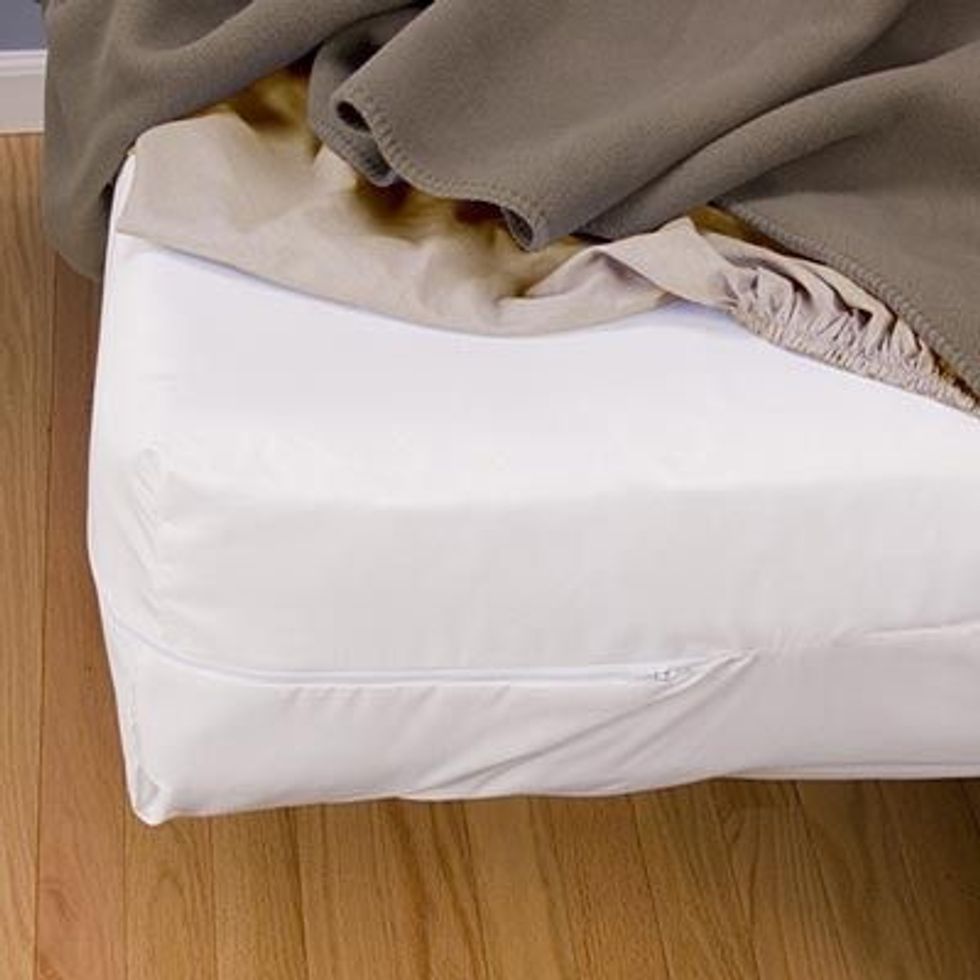
The testers at the Good Housekeeping Research Institute evaluated multiple allergy-busting bedding options on features like breathability, mattress fit, water repellency, ease of removing and putting on, and shrinkage. AllerEase Premium Comfort Allergy Protection Bedding was a big winner, thanks to its stretchiness (to make putting it on and taking it off your pillow and bed a breeze) and comfort. Testers loved the soft feel and admitted they forgot it was even on their pillow. The team at GHRI also recommended Allergy Control’s Pristine® Complete Mattress Cover. While a bit pricey, testers raved about its comfort, and the small-pore weave promotes breathability while preventing allergens from getting into your mattress. This set also includes zipper flaps to prevent allergens from sneaking through the zipper crevices and boasts an antimicrobial treatment to inhibit the growth of mold and mildew (both of which can also trigger allergies.)
Pillow protectors that won’t make you feel like you’re sleeping on a plastic bag
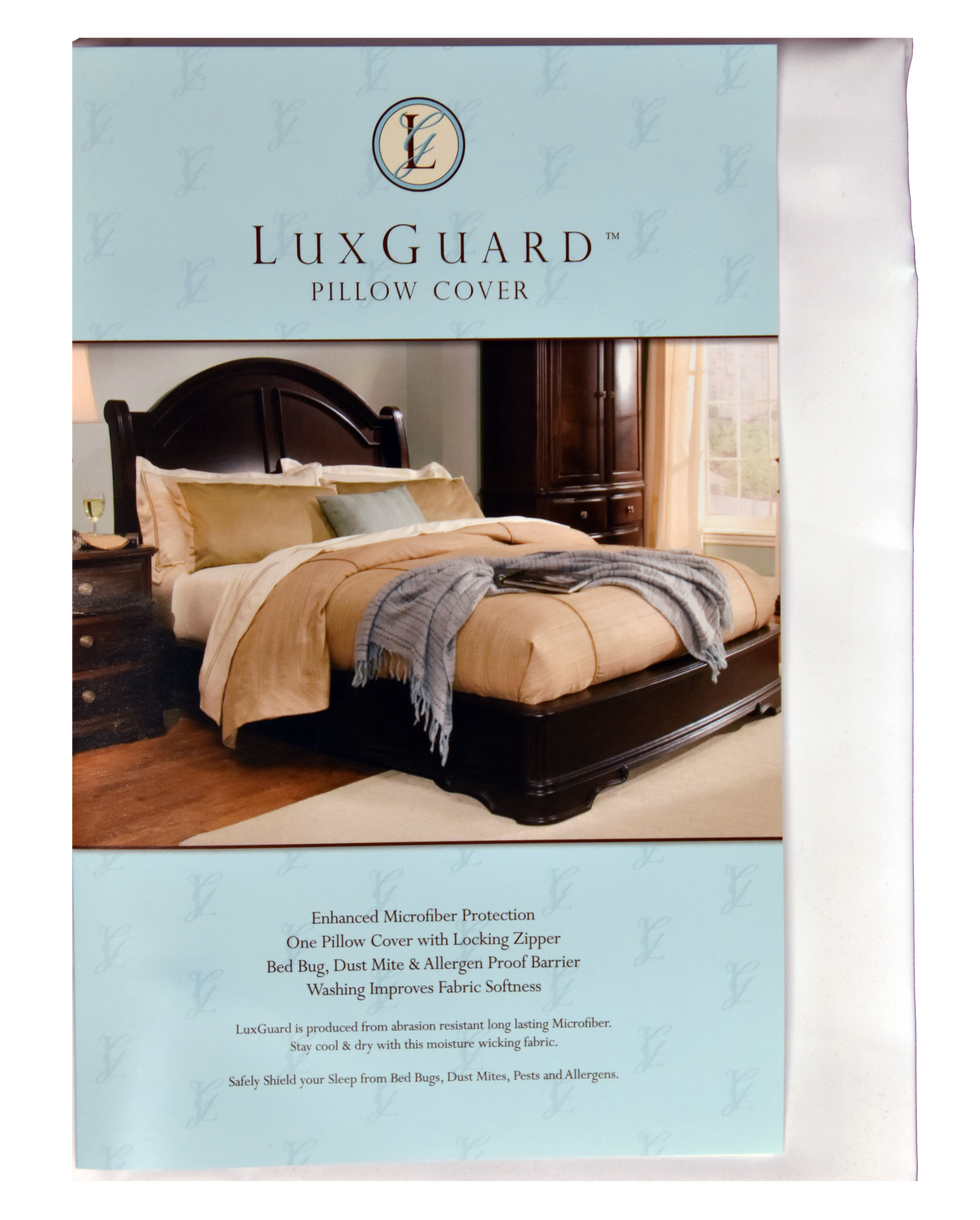
Sureguard’s Smooth Pillow Protectors not only protect your pillows from gnarly mites, but are also 100% waterproof and protect from larger critters like bed bugs. Unlike other pillow protectors, Sureguard’s are noiseless and will make you forget you’re actually sleeping on a pillow protector. Perhaps best of all, Sureguard’s protectors come with a 10-year guarantee. Clearly, they’re not messing around here. Eco-friendly Elf products not only promise to ease your allergies, but also ease your mind about your impact on the environment. Their LuxGuard product actually gets softer the more you wash it (like a favorite pair of jeans) and utilizes a 5-Thread-Safety-Stitch to ensure that it stays tightly woven for the life of the pillowcase.
The whole shebang
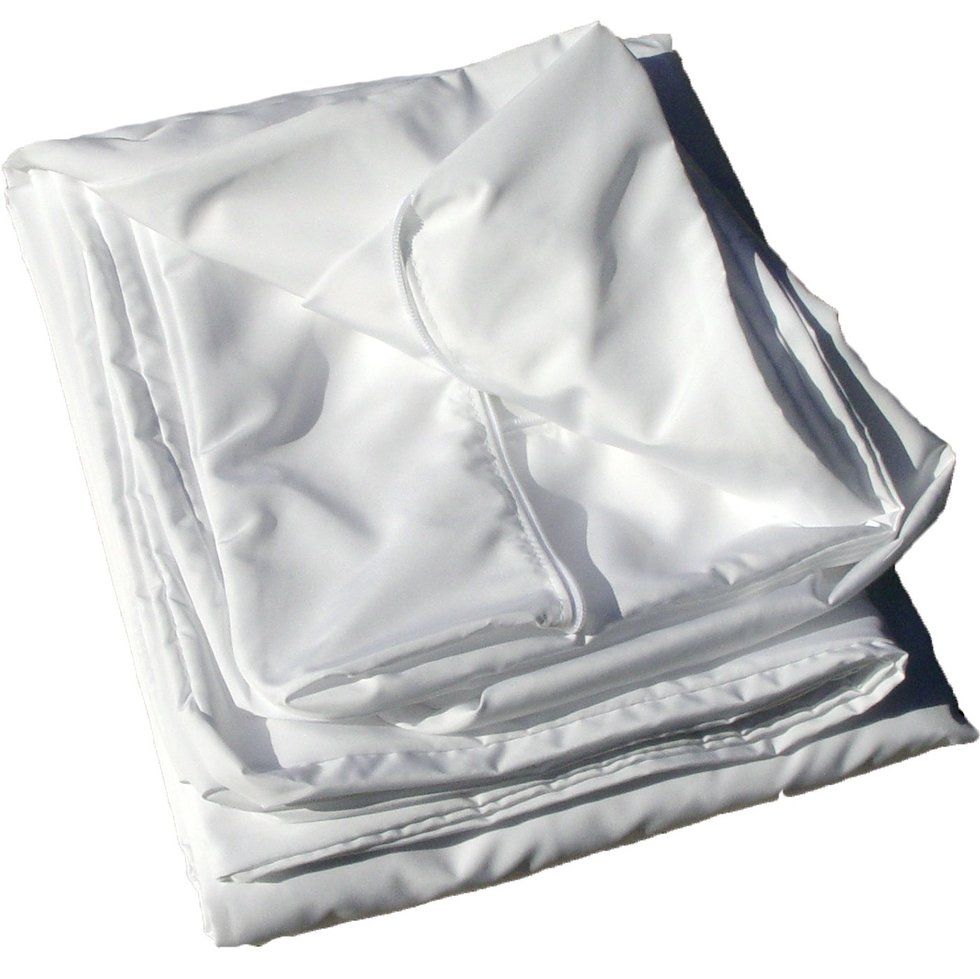
Mission: Allergy offers a complete line of allergy busting home bedding products, from mattress pads to boxspring encasings, along with allergy-mitigating bedding. Apparently, dust mites enjoy hanging out in boxsprings along with mattresses and pillows. Mission: Allergy has a sweet microfiber polyester model that’s free from the unappealing odor that sometimes accompanies vinyl casings and also boasts zipper flaps to keep out dust and other nanoparticles. It also offers some decorative items like shams and bedskirts, which, when you think about it, makes a lot of sense. Why go through all the effort to make your bedding as allergen-free as possible when your bedskirt or pillow sham ends up trapping dust and mite droppings anyway? The company is run by a board-certified allergist and guarantees its products for 10 years. If you’ve got allergies, Mission: Allergy has a solution for you.
A comforter that regulates your body temperature and prevents allergies
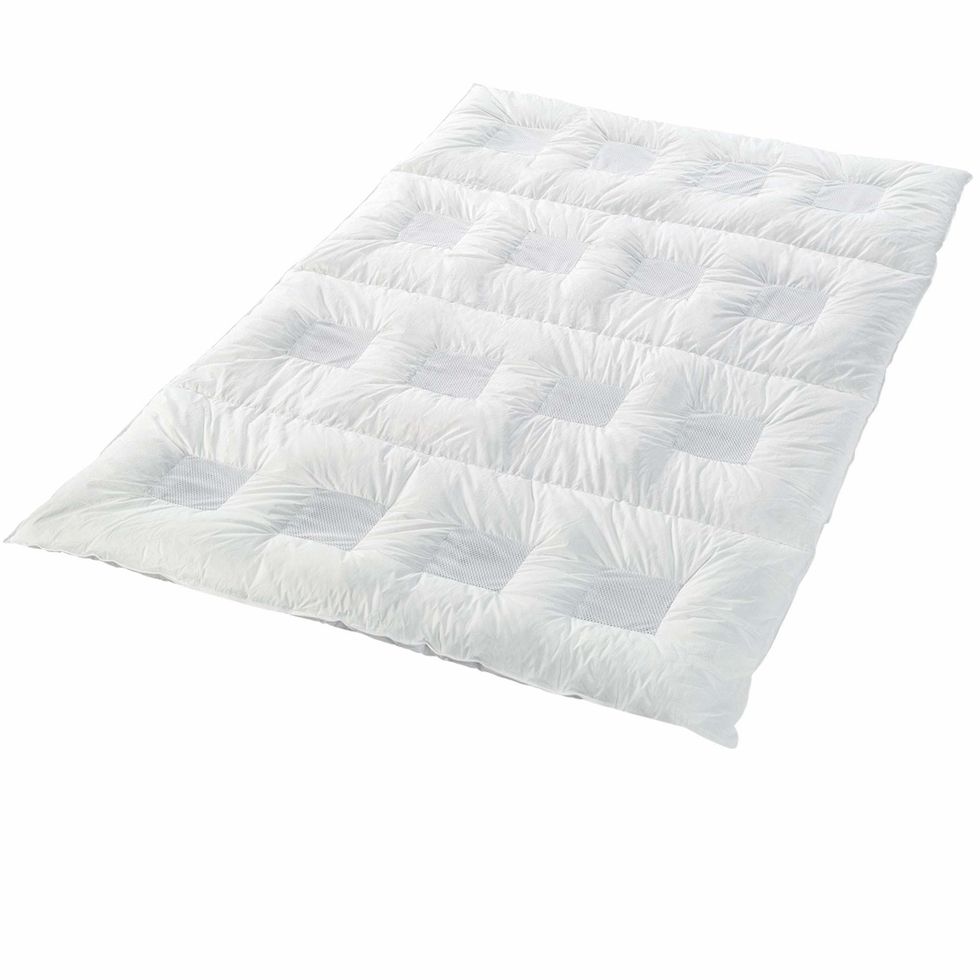
Have you ever woken in the middle of a cold night bathed in sweat? (And not just because your radiator’s broken.) Kiss that obnoxious sensation good-bye with the Climabalance Alternative Comforter. Its patented technology enables rapid humidity transportation, preventing you from waking up feeling hotter than a dragon with a fever. It uses hypoallergenic material to prevent allergens like dust and mold from inciting your body’s defense mechanisms and even claims to improve the quality of your sleep. Who could ask for more?
Dust mites, mold, pet dander – you name it, people can be allergic to it. When these allergies start to interfere with your sleep, you know it’s time to take action. And take action you can, thanks to a multitude of allergy-busting bedding options.



